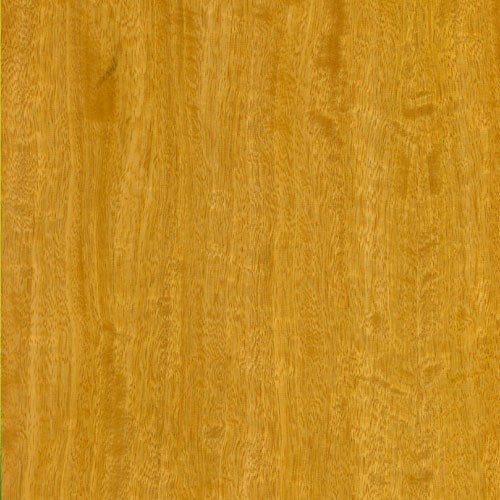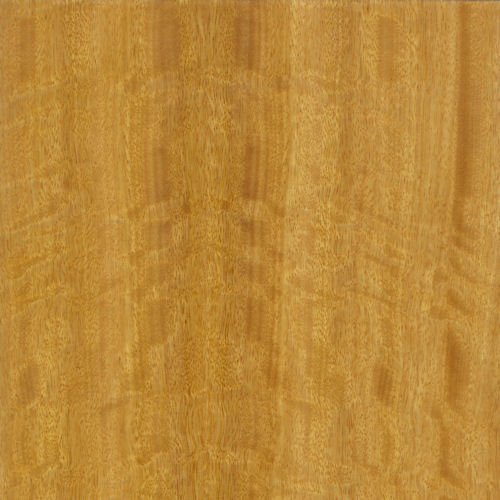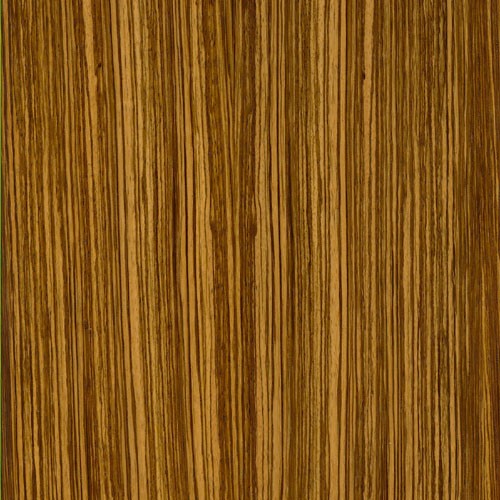Satinwood Movingue
[Distemonanthus benthamianus]
A deciduous tree native to tropical West and Central Africa, Satinwood grows widely but sparsely throughout Ghana, Nigeria, Cameroon, and Gabon. Where many of the local people have historically used the tree in many ritual ceremonies.
Like many species, Satinwood is known by other names, including the derivatives “African Satinwood” or “Nigerian Satinwood,” but the most common alternative you’ll likely hear it called is “Movingue.”
By any name, Satinwood is considered a very durable, resilient, and termite proof tree with many practical woodworking applications. And, quite interestingly, a valuable resource in traditional medicine. In fact, pounded Satinwood bark is used to treat a variety of ailments — as a topical for skin complaints like furuncles and abscesses, inhaled as a treatment for epilepsy, and ingested to treat both palpitations and hepatitis. Bark decoctions are also used in a bath or as a vapor to treat bronchitis, rheumatism, and fever including malaria.
Appearance wise, Satinwood can also soothe most any ailing design aesthetic. It’s light yellow to orangish brown color can be quite vibrant. And its straight to interlocked grain frequently exhibits dynamic, bold figures such as mottle or ripple. The texture is medium to fine and even. And it has a naturally high luster.
A bright, bold, attractive wood, Satinwood makes a vivid choice for wood veneer sheets, custom plywood, cabinetry, furniture, parquet, and flooring.
Species Distribution:
West Africa
Central Africa
Gabon
Central African Republic
Nigeria
Ghana
Cameroon
Common / Alternative Names:
Movingui
Ayan
Nigerian Satinwood
Janka Hardness:
1,280 lbf
Sustainability Status:
CITES Appendices: Not listed
IUCN Red List of Threatened Species: Not listed










